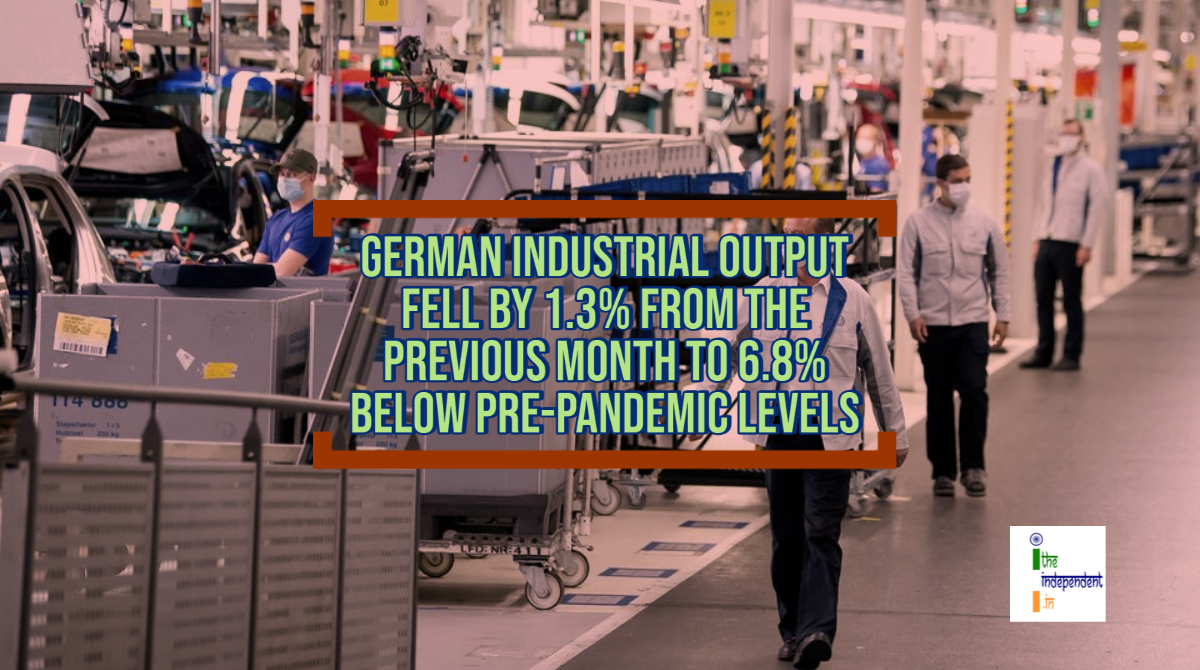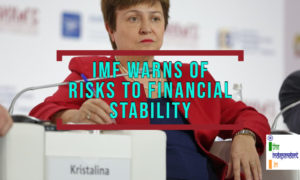
German industrial output continued to drop for the third month in a row, below pre-pandemic levels.
As per the data shared by German Federal Statistics Office, the German industrial output continued to drop for the third month in a row, after production in June 2021 fell 1.3% from the previous month to 6.8% below pre-pandemic levels.
This is a clear sign that Eurozone’s manufacturing sector is still struggling with supply bottlenecks and component shortages. Capital goods such as vehicle manufacturing suffered the biggest loss as carmakers found it difficult to source semiconductors. Vehicle production fell 0.9% as previous month.
The construction activity declined 2.6% due to shortage of timber. The consumer goods output witnessed an increased 3.4%. The economists have warned that the supply issues will continue to affect the production throughout 2021. Industrial production fell by 0.6% in the quarter as compared to the previous quarter, with the automotive industry reporting a drop of 11.2%.
Speaking on the occasion, the Chief Europe Economist at Capital Economics – Andrew Kenningham said, “With the manufacturing sector still not firing on all cylinders, there is now a question mark over whether the economy will regain its pre-pandemic level in [the fourth quarter] as we, and many others, have been forecasting.”
The Head of Surveys at Ifo Institute for Economic Research in Munich – Klaus Wohlrabe said, “Supply bottlenecks for important intermediate products are now making themselves felt.”
The German carmakers’ lobby also reduced its yearly forecast of total output by 40,000 units. It also warned that the shortage of semiconductors could set back European car making in the medium term. However, the European leaders have assured to address the semiconductors shortage. The Europe is also planning to double its share of the global chip market by 2030.
The Economic Director at IHS Markit, a British information provider – Trevor Balchin said, “Backlogs rose at a near-record pace in July and ongoing concerns over supply contributed to the weakest 12-month outlook for production since last December.”
This was consistent with IHS Markit’s purchasing managers’ index, which reported that although overall German manufacturing activity grew sharply in July, some companies warned that production levels were constrained by materials shortages. With pressure on restoring supply chains, the supplier prices rose at a record pace in response to heightened demand.
Besides, as per the World Economic Outlook findings of International Monetary Fund (IMF), the German economy will grow at 3.6% in 2021 as compared to France at 5.8%, Italy at 4.9%, United Kingdom (U.K.) at 7% and United States (U.S.) at 7%.







